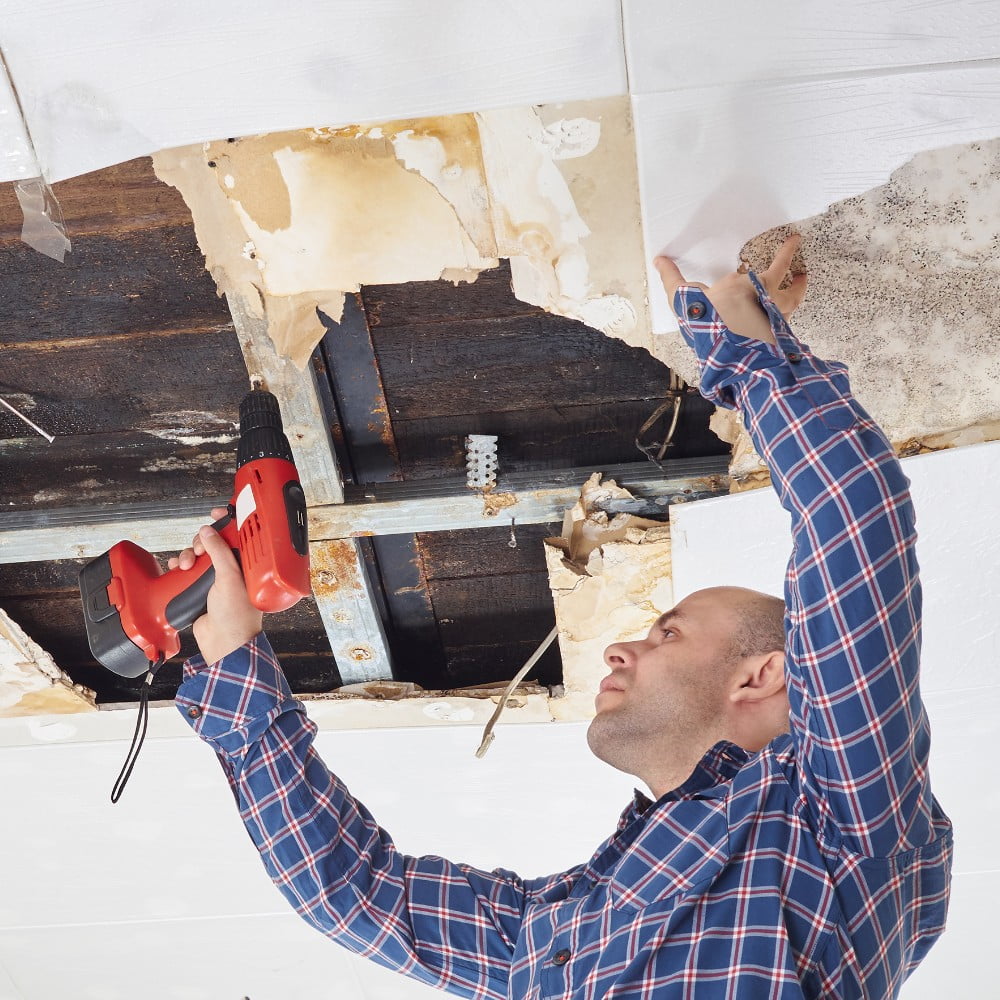Your home is your castle, a place where you create precious memories and find tranquility after a long day. However, unforeseen hazards like water damage can put your haven at risk. In Brisbane alone, there were approximately 20,000 insurance claims for water damage in 2019, contributing significantly to the estimated 1.24 billion AUD reported nationwide. Is it better to manage this menace yourself or should you leave it to the experts? This comprehensive guide will help you decide.
Understanding Water Damage
Water damage refers to destruction caused by unwanted water intrusion, which can lead to severe structural or material deterioration if not addressed quickly. Major causes include heavy rain, flooding as well as internal issues like burst pipes or leaks. It’s important to be aware, for instance, of potential issues like home water damage, as this knowledge can empower you to prevent such situations from turning into full-blown disasters.
Why DIY Could Be An Option
Do-it-yourself repairs or preventative measures offer allure primarily because of cost savings. With sufficient knowledge and essential tools, one can mitigate minor water damages themselves. Furthermore, learning DIY skills also promotes self reliance and sense of achievement that you have directly contributed to preserving your residence.
About DIY Damage Assessment
Damage assessment is critical in determining the type and extent of damage incurred after a water-related event. The primary aim here is to identify what has been affected and apply suitable solutions. It generally involves inspecting various areas of your house like walls, floors and furniture for any visible signs of water damage like stains, peeled paint or warping.
Necessary DIY Tools and Equipment
The right equipment is necessary for executing effective DIY water damage repairs. Some key items include pumps to extract accumulated water, fans for drying, dehumidifiers to remove excess moisture, and protective clothing to ensure your safety. Having these items at hand ensures that you are well prepared to manage minor water damage occurrences.
Essential DIY Techniques
There are several techniques suitable for DIY water damage restoration. You may consider methods like reducing humidity levels to mitigate mould growth or using sandbags to prevent flooding. Additionally, remember to effectively clean all affected areas with non-toxic cleansers and sterilisers, as these will ensure a safe and healthy home environment once the cleanup phase is complete.
The Challenge of DIY in Substantial Damage
However, when the damage is extensive, DIY may not be sufficient. Large-scale water damage can impact the structural integrity of your home or cause significant mould growth. Recognising your limitations is important in such scenarios. It’s crucial to seek professional assistance when the extent of the damage surpasses your DIY capabilities.
The Role of Professionals
Professional water damage restoration services utilise advanced techniques and commercial-grade equipment to offer comprehensive damage control. They meticulously assess and document the scale of damages before devising a precise strategy for restoration. These professionals ensure that even hidden harms are thoroughly addressed leaving your home safely restored.
The Cost of Hiring Professionals
Hiring professional restorers could seem costly initially, but when compared with potential future expenses due to unresolved issues from inadequate DIY projects, this investment delivers valuable peace of mind. Moreover, most insurance companies prefer and often require professional restorations which can be an additional benefit when filing a claim.
Ensuring Quality Professional Services
Quality matters when choosing a professional service for water damage restoration. Vet their experience, verify licenses and accreditations, and read client testimonials. By doing so, you ensure that the chosen service meets your specific needs and guarantees a proficient restoration of your home.
Weighing DIY Against Professional Services
When weighing DIY against professional services, seriously consider your competence and confidence in DIY water damage management against the cost, experience, and assurance an expert service offers. Remember, it’s not just about repairing the damage but also about preventing subsequent issues that can compromise your property’s integrity and value.
Insurance Coverage Considerations
When deciding between DIY and professional services, remember to review your homeowner’s insurance coverage. It is common for policies to cover the costs of hiring professionals for water damage restoration. Thus, ensuring you carry suitable cover can relieve some pressure on your finances.
Planning for Water Damage
You can’t change the weather but pre-emptive planning can help mitigate water damage in the first place. Implement actions like maintaining regular plumbing inspections or installing water-sensing devices which alert you of unfavourable conditions. Such steps save both time and money while offering a vital line of defense against potential water damage.
Choice Made With Confidence
In the face of water damage, the choice between DIY and professional intervention hinges on several factors from cost considerations to skill level. You’re equipped with knowledge about what each avenue entails. Your mission: weigh these elements carefully and make a decision that best suits your situation. Always remember, balancing DIY ambitions with the necessity of professional input is okay. As long as your decision ensures a safe and healthy home environment for you and your loved ones!




